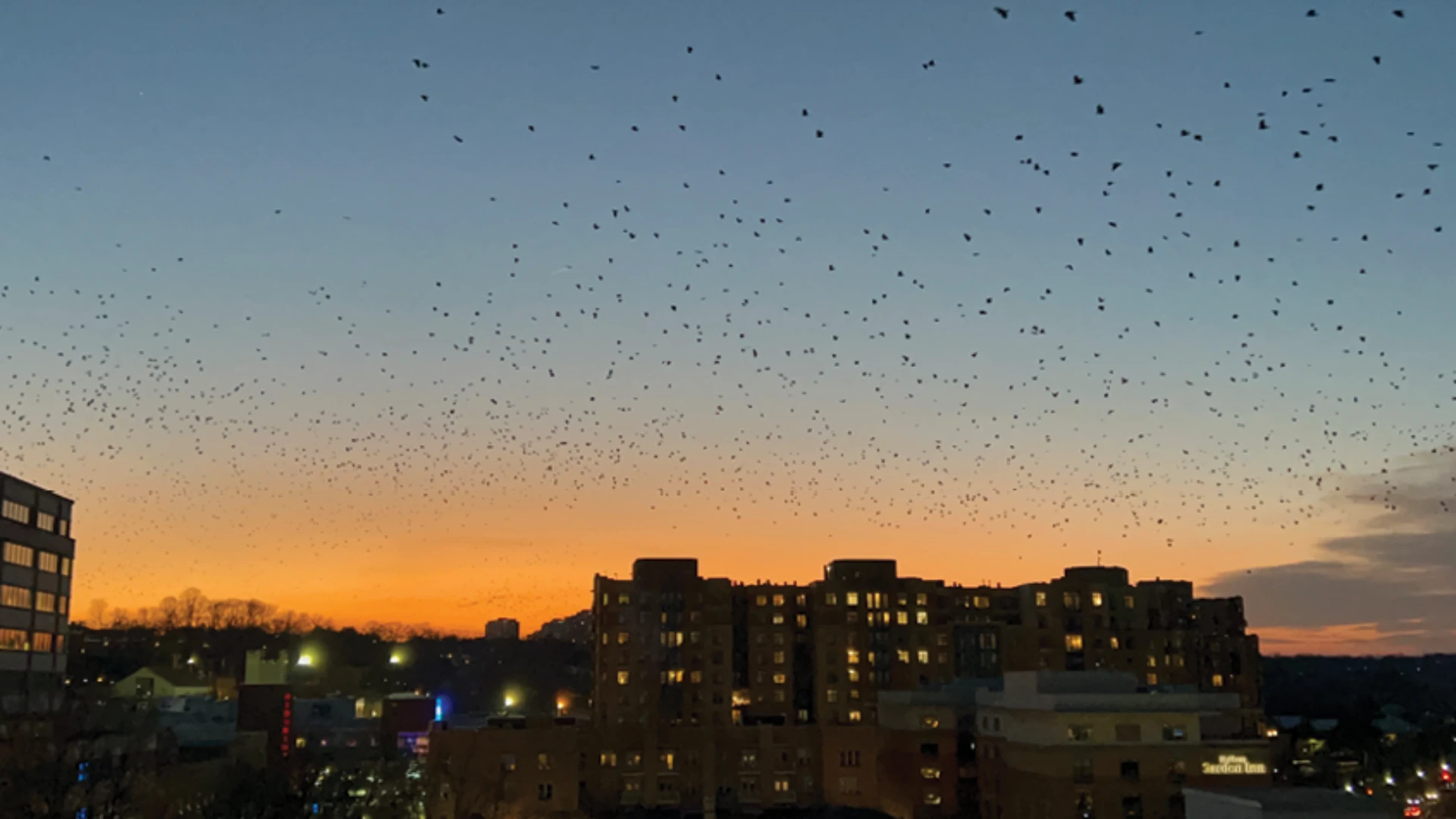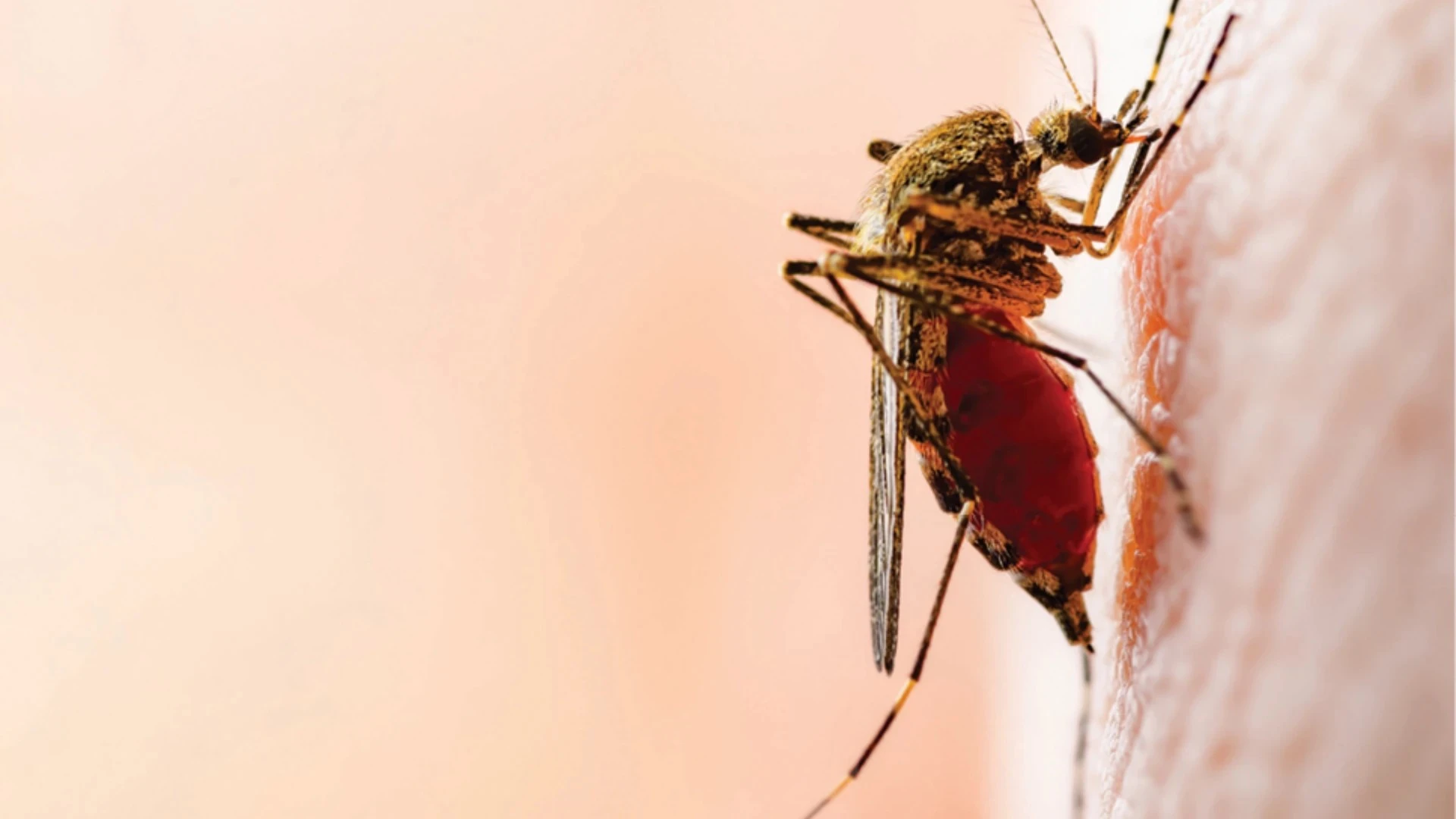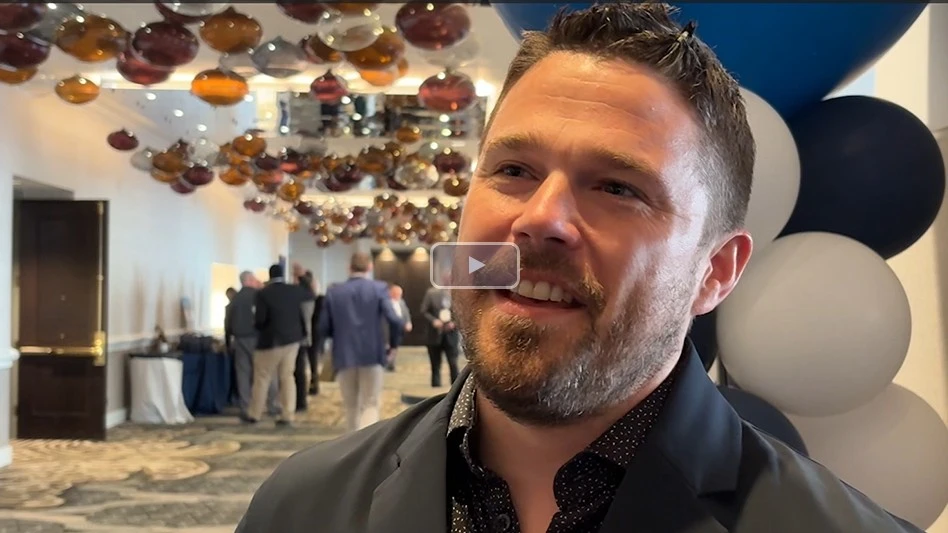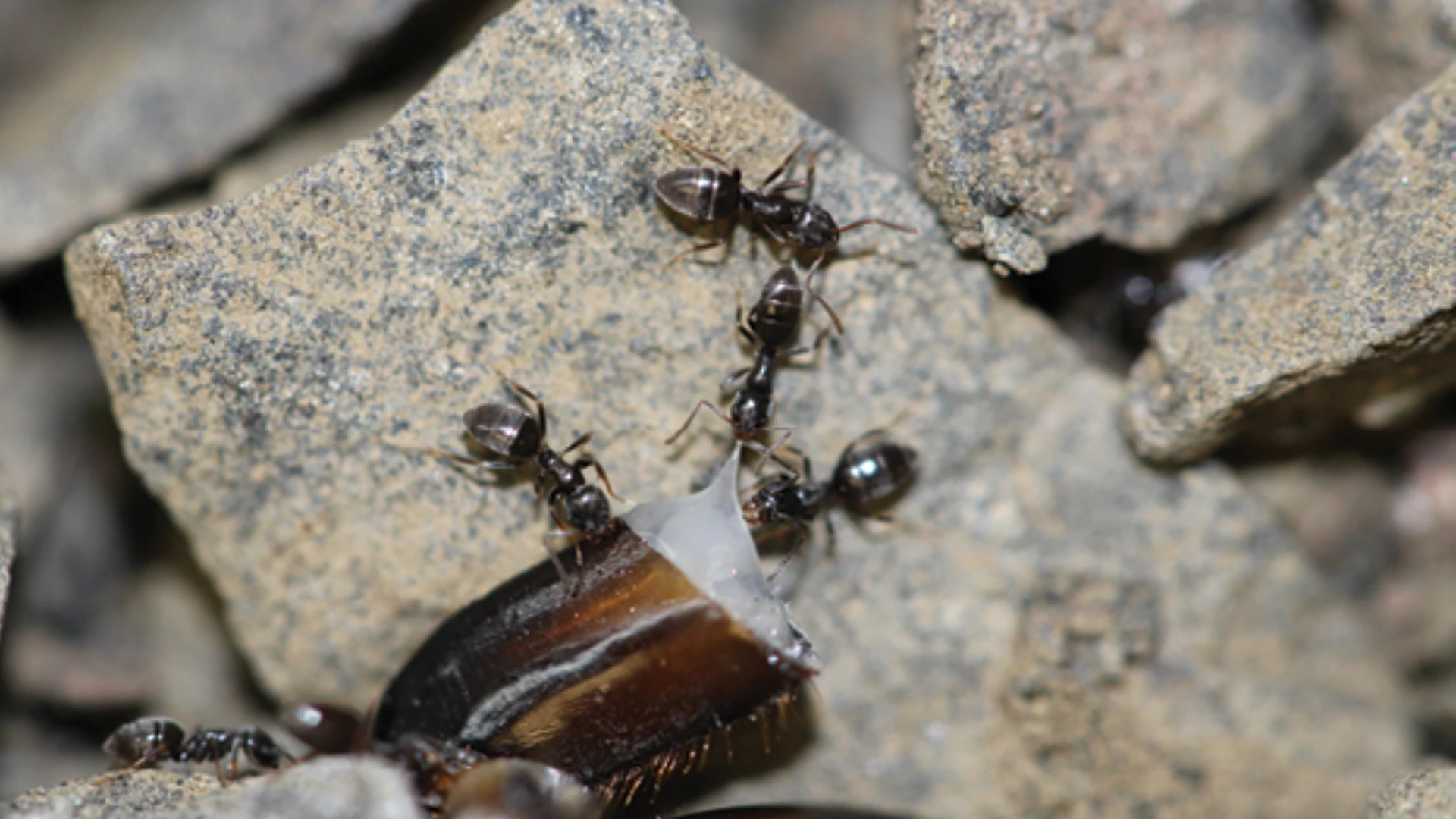
The stealthy drywood termite is an elusive adversary for pest management professionals. These termites enter a structure with little fanfare, leaving homeowners in the dark about their very presence until it is too late. And they often leave PMPs earnestly searching for the source of the infestation.
Ray Meyers, president of Insect Detection Systems in Lake Mary, Fla., has worked in the industry as a PMP and consultant collaborating with product manufacturers testing new products and technology to see how they perform in the real world of pest management. He recently put his ears to the test to tackle a stubborn drywood termite problem.
Meyers and Ken Koscicki of Kerin Solutions in Orlando were able to identify the root cause of a drywood termite infestation without drilling or tearing apart walls. Here’s how they did it.
LISTENING TO CLUES. Deploying acoustic technology in pursuit of termites is not new. The technique has been around in various forms for years.
A listening device is tuned to a specific frequency range and monitors for mandible-chewing pests, like termites, to emit a distinct sound pattern. That signal will point inspectors toward the possible source of the infestation.
“Beetles, old house borers and termites transmit similar sound patterns, and the larger the pest, the greater the signal pressure,” said Meyers. “Hunting for drywood termites takes time and patience and requires pest management professionals to use all of their pest detective skills.”
LET THE HUNT BEGIN. Drywood termite management is usually divided into local and whole-structure treatments and the efficacy of any local treatment is dependent on finding the active infestation.
Soon after Koscicki took over the pest management account for a Winter Park, Fla., home, the owner called and said they had seen swarmers around the window frames on the first floor.
Koscicki identified the pests as drywood termites and initially believed the infestation was in the window frames and exterior wall. When a spot treatment did not stop the swarmers, Koscicki called Meyers for a second set of eyes. (Ears?)
Meyers brought with him the Insect Detection System (IDS) 2020-L detector and the two spent several hours inspecting the walls and window frames listening for signs of termite activity. The two men heard nothing.

The homeowner told them he had removed an antique chair from the house that was identified as the source of an earlier infestation. Koscicki and Meyers placed the detector on the floor where the chair had been and immediately heard chewing noises.
“The source of the infestation was not in the wall or window frames where the swarmers were seen but in a 5- by 3-foot section of flooring,” said Koscicki. “We had been focusing our efforts on the wrong area until we were able to hear where the infestation was centered.”
Once the infestation was located, Koscicki applied a targeted localized foam treatment by drilling into the wood flooring. A preventive treatment also was made in the crawlspace underneath the floor to add another layer of protection and peace of mind for the homeowner.
Koscicki made subsequent monthly visits to check on the treatment and both times heard and saw no termite activity.
THERE’S MORE. Even though Koscicki had not used an acoustic detection device before, he said he quickly became a fan. A few months after using it in the Winter Park home, a new customer called him after seeing frass pellets in the walkout basement of his three-story home.
The home also had a history of drywood termite issues, and Koscicki brought along his new tool to see if he could identify the exact location of the infestation. Starting at the baseboards, he moved up the basement walls but heard nothing until he arrived at the crown molding.
It turned out the termites had set up shop in a 3-foot section of the crown molding. A localized treatment was made and follow-up inspections showed no evidence of termite activity in the crown molding or surrounding walls. The homeowner replaced the damaged wood.
Koscicki also had success with the IDS detector to verify if a fumigation treatment had successfully eliminated a drywood termite infestation in a downtown Orlando commercial building.
A whole structure fumigation had been performed by another company on the building, but Hurricane Eta rolled through central Florida that same evening and ripped away part of the tenting. The fumigator assured the building owner that the treatment had been completed in time to render an effective treatment.
A month before, Koscicki had been called out by the building owner to assess the situation and see if a localized treatment plan was feasible. After the inspection, it was determined a whole structure fumigation was warranted but the data points Koscicki collected proved to be valuable later.
Following the fumigation, Koscicki brought his acoustic device out to take readings in previously tested areas. He visited the site three times after the treatment: two days later, a week later and a month later, testing more than 25 areas in the structure and an additional 21 locations in an adjacent structure to see if there were any signs of termite activity. Koscicki was happy to report there were no signs of an active infestation. The fumigation did its job.
WHEN TO USE. Koscicki said it is important for PMPs to remember the limitations and best methods for using acoustical devices for termite and wood-destroying insect detection.
“Acoustical devices can be a valuable tool in a termite inspection toolbox, but not the only one,” said Koscicki. “We need to rely on our training and experience and use all the tools available, including a thorough visual inspection, to locate the infestation and resolve the issue.”
Using an acoustic device can save pest management professionals time by narrowing the focus of an inspection and eliminating areas of a structure that do not have detectable termite activity.
This allows them to spend their time more effectively identifying the source of the infestation. It also eliminates having to drill multiple holes in search of suspected termite galleries, something customers do not like, especially when no termites are found. It also can serve as a quality control audit tool to help confirm the effectiveness of a treatment.
“When used under the right condition, a detector is an excellent self-check tool that can help steer your inspections in the right direction,” said Koscicki.

Explore the April 2021 Issue
Check out more from this issue and find your next story to read.
Latest from Pest Control Technology
- Follow the Trail
- Carpenter Ants: Understanding the Bothersome Burrowers
- Massey Services Acquires Insight Pest Solutions of San Antonio
- Target Specialty Products Expands Sales Leadership Team
- Mosquito Joe Promotes David Price to Vice President of Strategic Growth
- Abell Pest Control Recognized as One of Canada’s Best Workplaces in 2025
- Scorpion Launches Capacity Marketing Engine
- Petti Pest Control Owners Reflect on Finding Success as a Father-Son Duo





